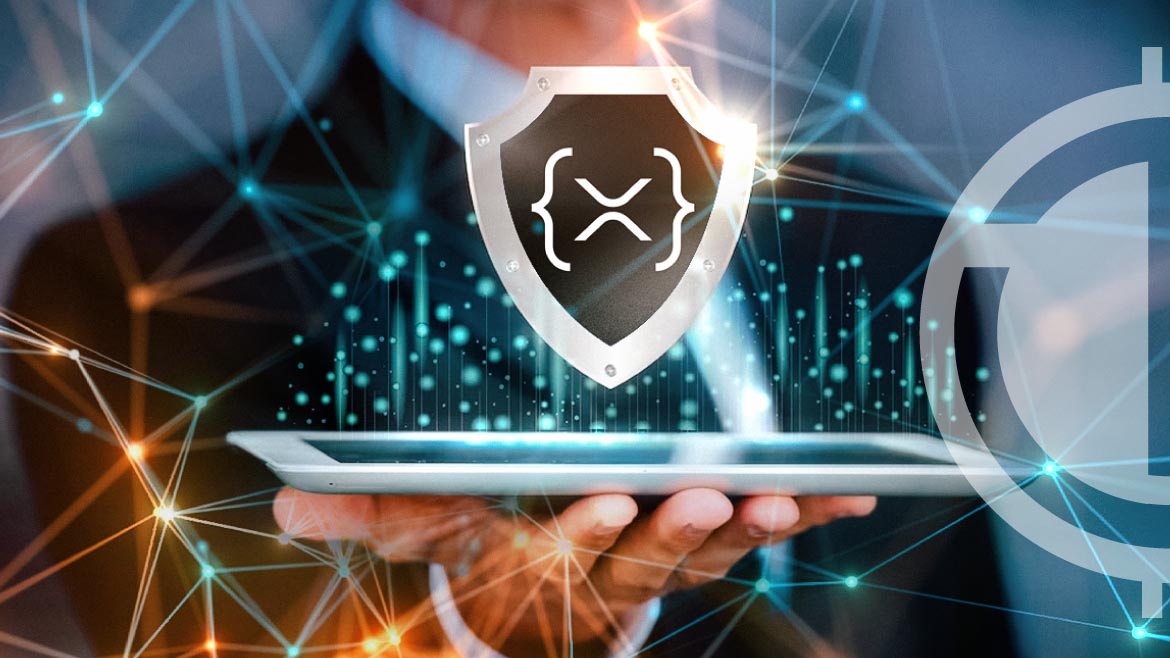
David Schwartz, Ripple’s Chief Technology Officer, recently offered a nuanced perspective on the Clawback feature, a key amendment in the XRP Ledger’s (XRPL) 1.12.0 update. Initially skeptical about the feature’s necessity, Schwartz later acknowledged its importance, particularly for assets representing legal obligations like stablecoins, writing:
The "clawback" amendment is now eligible for voting. This allowers issuers of new assets specifically created with this feature enabled to claw back a specified quantity of the asset from a holder.
— David "JoelKatz" Schwartz (@JoelKatz) October 2, 2023
Some thoughts: … https://t.co/OmrerirRQz
Schwartz pointed out that the Clawback feature helps the XRP Ledger “more accurately reflect an issuer’s legal obligations.” By doing so, it simplifies the process of audits and enhances the level of accountability for those who issue assets like stablecoins.
Schwartz elaborated on the differences between Clawback and the existing Freeze feature. While Freeze is a broad tool that restricts asset movement, Clawback provides a more targeted approach. Schwartz likened Freeze to a “nuclear option,” effective but drastic while describing Clawback as a tool for “surgical strikes,” offering issuers a way to be less intrusive in asset management.
The CTO also emphasized that the absence of a Clawback feature would have broader ecosystem implications. He specifically noted that other blockchains with stablecoins already incorporate similar functionalities. Schwartz pointed out that not having Clawback would “necessitate the development of different procedures” for those interacting with stablecoins on the XRP Ledger. This would create “friction and inefficiencies,” making operations more complicated, especially for auditors and institutions that require streamlined and standardized processes.
The Clawback feature allows issuers to recover a specified quantity of an asset from a holder. It is particularly useful for assets that represent legal obligations, such as stablecoins. According to the official release notes, issuers cannot enable this setting if they have already issued tokens. The feature aims to add a layer of flexibility and control for issuers, allowing them to manage assets more effectively.
The 1.12.0 update was released on September 6, 2023, and server operators were advised to upgrade by September 20, 2023, to ensure service continuity. The update also introduced other amendments like an Automated Market Maker (AMM) protocol and fixReducedOffersV1, aimed at reducing the occurrence of blocked order books.














